Crop Report
I was able to visit the Peoria Co. area this week to evaluate an Illinois Soybean Association sulfur plot. This is the earliest planted (April 12) and tallest (so far) ISA sulfur plot in the state. It had reached the R1 growth stage. Corn appeared to be at the V6–V7 growth stage. It is also interesting to note that pumpkins were once grown in this location and nearby. This week was hot with high humidity—you could practically hear the crops growing. Post-herbicide applications appeared to have taken place, and volunteer pumpkins were dying. Many soybeans showed herbicide speckling, which will likely disappear as the crop quickly grows. There was very little insect feeding, though some bacterial blight was present on the soybeans. This is a bacterial disease that favors cool, wet weather, so fungicides are ineffective.
We had 0.5 inches of rain last weekend, and coupled with 80-degree weather all week, the crop has really progressed. Corn is at V4 to V8 and beans are at V2 to V6, depending on planting date. The crop as a whole looks good, but we seem to find more uneven stands of corn every day. We think the top-end yield may be dwindling on the corn planted in late April to mid-May with each day we don’t get rain. The early April-planted corn looks the best.
Since last week’s update most of the region received 2”-5” of rain, so no planting has taken place.
Pictured here is a typical corn field planted on Memorial Day weekend, currently at V3, decent emergence during our relatively dry 3 week span, but some yellowing as a result of waterlogged soils.
First crop beans are still only partially planted, the typical field that did get in the ground is around VC-V2.
A typical wheat field in Marion county, largely golden, a few greens spots still remaining, grain is in dough stage.
Warm temperatures have been very welcome and have helped spur crop development. While there has not been much rain over the last week, there is still plenty of moisture deeper in the soil from previous rains. Some insects are starting to show themselves in corn and soybean fields, but there are no signs of significant damage yet.
6 inches of rain in last 7 days. Just getting back in the field to get some spraying done. More rain expected next 5 days. Waterhemp going wild!
I’ve received several reports of injury from grape colaspis; in some cases it’s pretty extensive. Scout lighter textured soils and high points in rotated corn (or soybean following soybean), especially in areas that have had trouble in the past. The adults lay eggs in legumes; the partially grown larvae overwinter, then feed on roots of corn, soybean, or most other plants the following year. They resemble tiny white grubs.

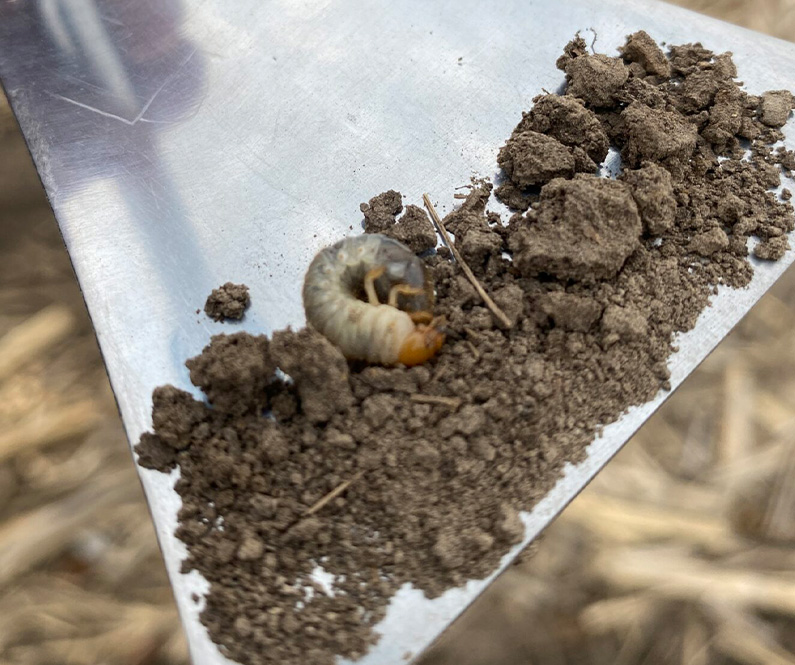
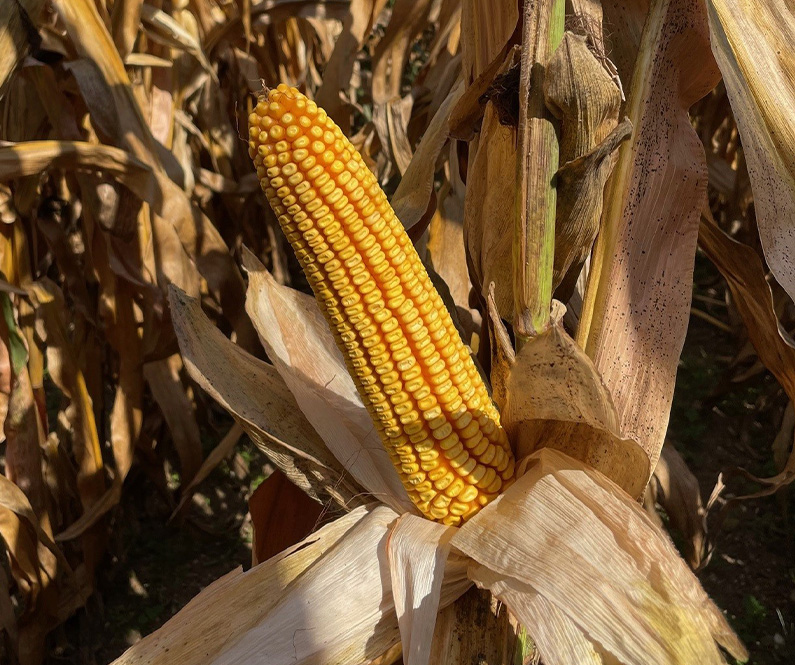
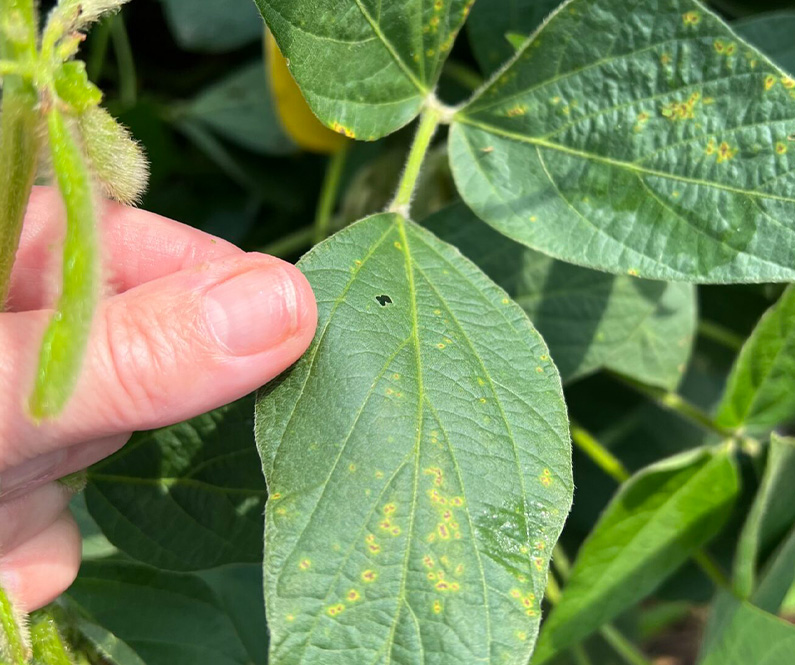

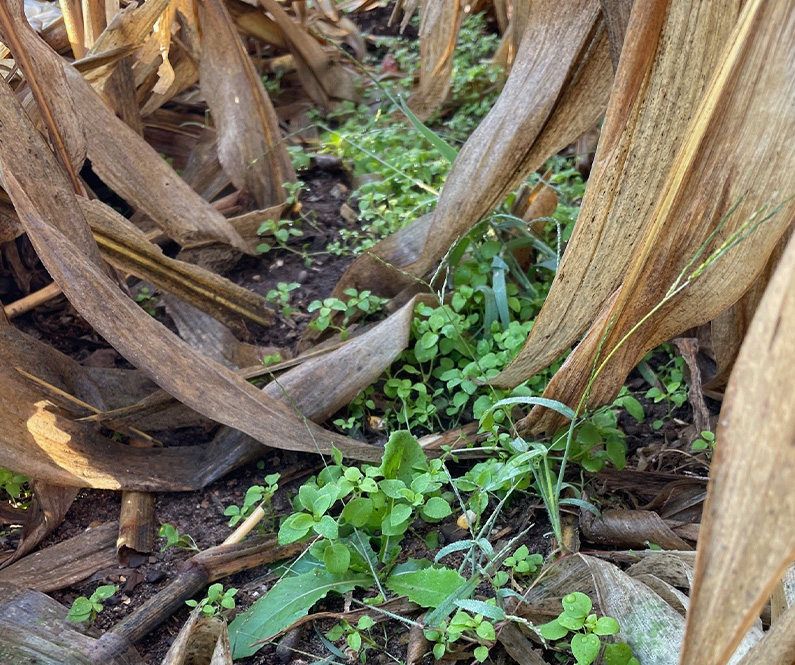
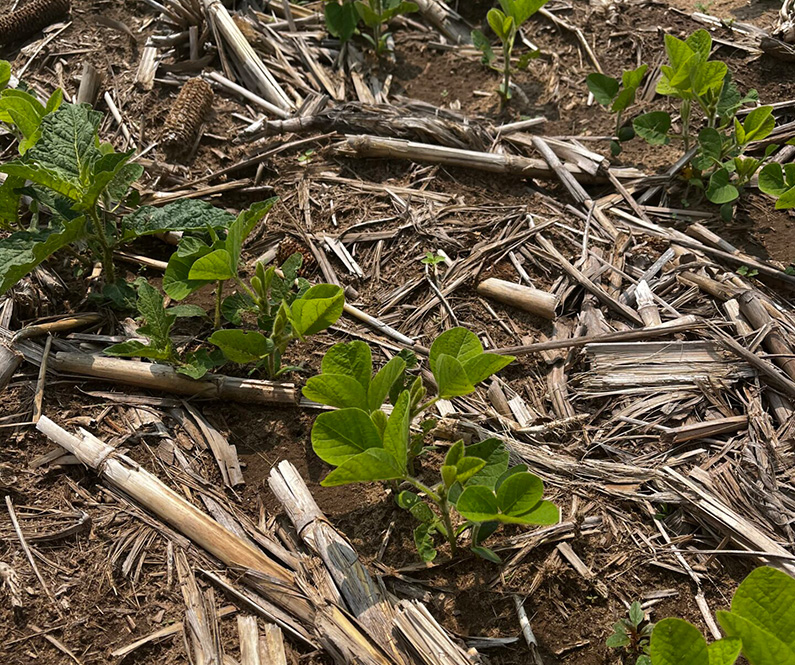
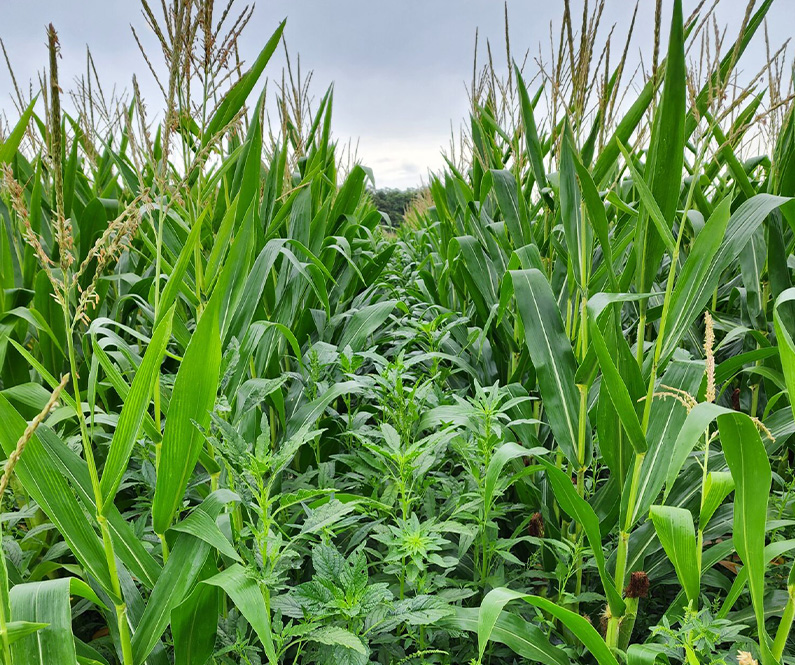
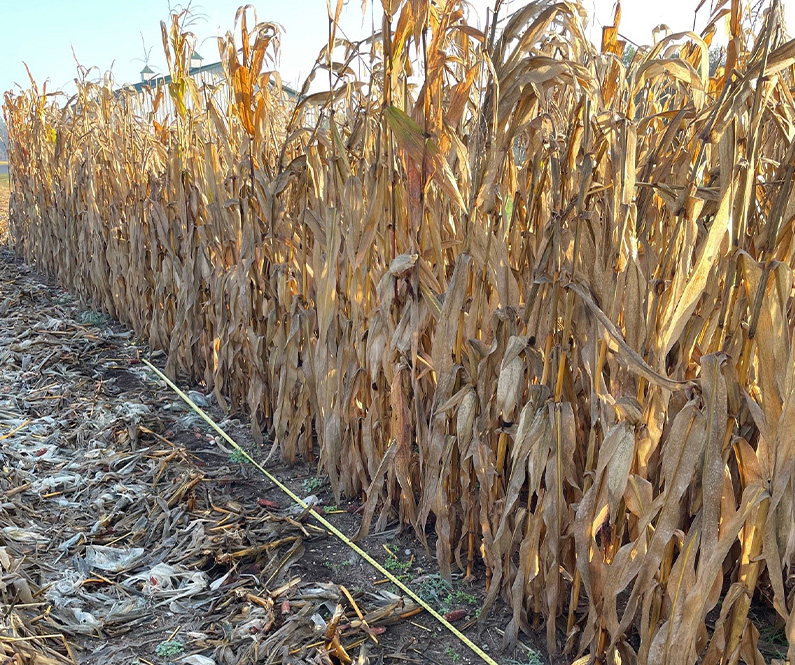
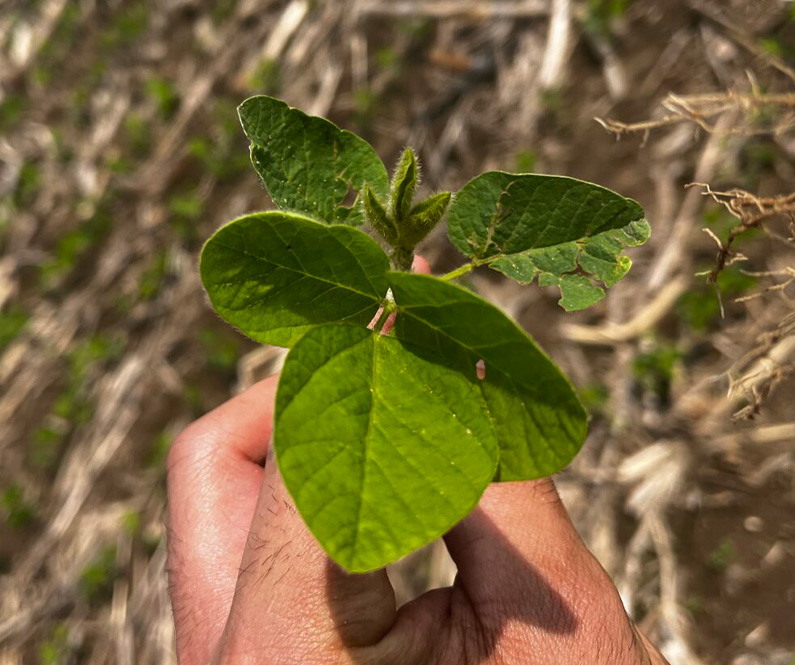


 and then
and then